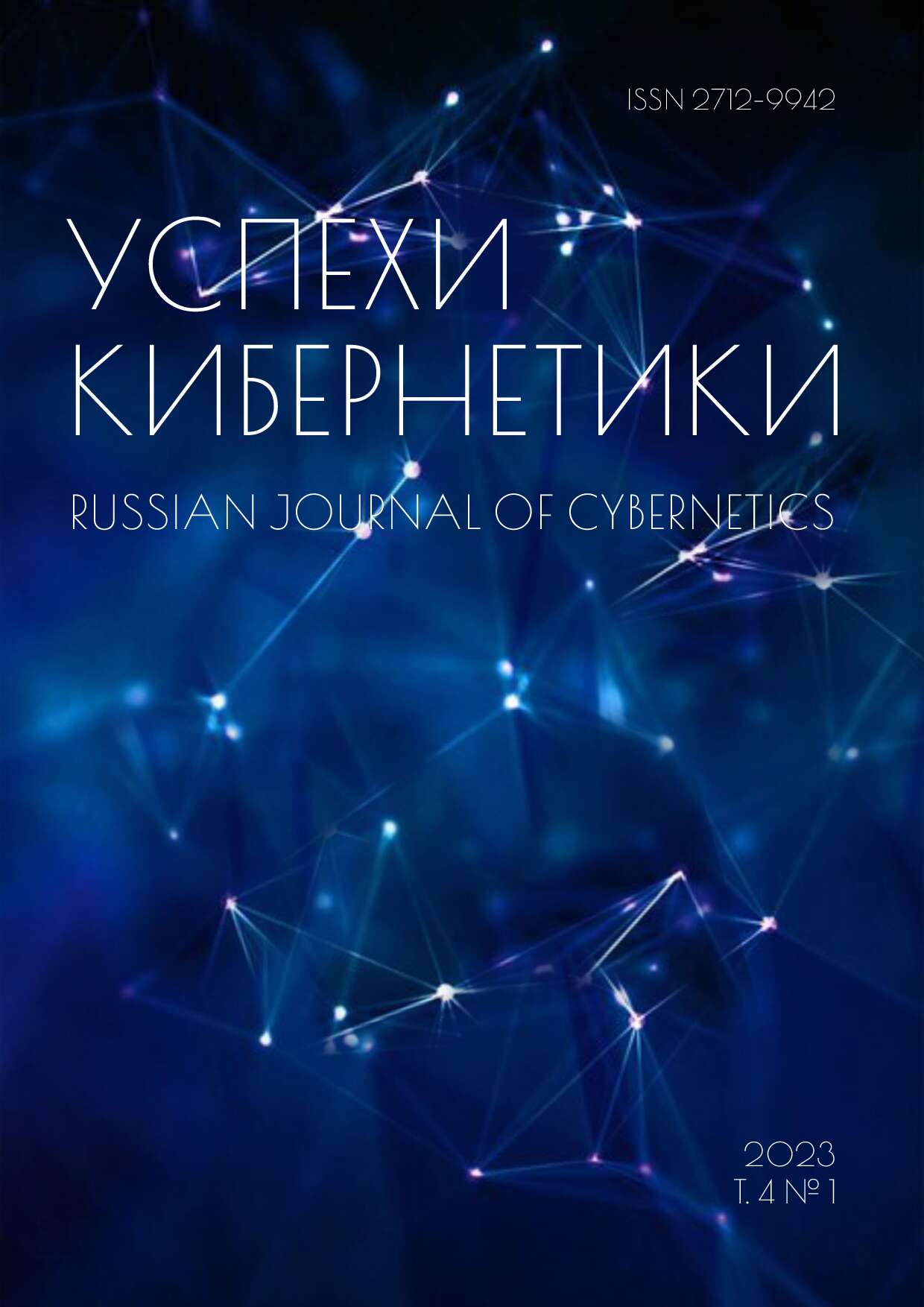Abstract
this study proposes two models representing the impact of the virus spread on such macroeconomic metrics as the labor force size and per capita income. The first model combines the SIR compartmental epidemics modeling and the Lotka-Volterra model. The second one extends the proposed differential model to the optimal control problem. The simulation results are compared with each other and real-world data for the Novosibirsk Region, 2020–2021. We used several scenarios for the optimal control model to further expand the model to other economic and epidemiological conditions.
References
Zyatkov N., Krivorotko O. Forecasting Recessions in the US Economy Using Machine Learning Methods. Proceedings – 2021 17th International Asian School-Seminar “Optimization Problems of Complex Systems”. 2021:139–146. DOI: 10.1109/OPCS53376.2021.9588678.
Kermack W. O., McKendrick A. G. Contributions to the Mathematical Theory of Epidemics. Proc. R. Soc. 1927;A115:700–721. DOI: 10.1098/rspa.1927.0118.
Krivorotko O. I., Kabanikhin S. I. Mathematical models of COVID-19 spread. Available at: https://www.researchgate.net/publication/356985697_Mathematical_models_of_COVID-19_spread.
Kerr C. C. et al. Covasim: An Agent-Based Model of COVID-19 Dynamics and Interventions. PLoS Comput. Biol. 2021;17(7):e1009149. DOI: 10.1371/journal.pcbi.1009149.
Lin Q. et al. A Conceptual Model for the Coronavirus Disease 2019 (COVID-19) Outbreak in Wuhan, China with Individual Reaction and Governmental Action. Int. J. Infec. Dis. 2020;93:211–216. DOI: 10.1016/j.ijid.2020.02.058.
Krivorotko O. et al. Agent-Based Modeling of COVID-19 Outbreaks for New York State and UK: Parameter Identification Algorithm. Infectious Disease Modelling. 2022;7(1):30–44. DOI: 10.1016/j.idm.2021.11.004.
Viguerie A. et al. Diffusion–Reaction Compartmental Models Formulated in a Continuum Mechanics Framework: Application to COVID-19, Mathematical Analysis, and Numerical Study. Comput. Mech. 2020;66:1131–1152. DOI: 10.1007/s00466-020-01888-0.
Aristov V. V., Stroganov A. V., Yastrebov A. D. Simulation of Spatial Spread of the COVID-19 Pandemic on the Basis of the Kinetic-Advection Model. Physics. 2021;3(1):85–102. DOI: 10.3390/physics3010008.
Bremaud L. Mean Field Game Modeling of Epidemic Propagation. Paris: LPTMS; 2021.
Petrakova V. S., Krivorotko O. I. Mean Field Game for Modeling of COVID-19 Spread. Journal of Mathematical Analysis and Applications. 2022;514:126271–126271. DOI: 10.1016/j.jmaa.2022.126271.
Adarchenko V. A. et al. Modeling the Development of the Coronavirus Epidemic Using Differential and Statistical Models. RFNC-VNIITF. 2020;264:Preprint.
Brauer F. Mathematical Epidemiology: Past, Present, and Futures. Infectious Disease Modelling. 2017;2(2):113–127. DOI: 10.1016/j.idm.2017.02.001.
Wieczorek M., Silka J., Wo M. Neural Network Powered COVID-19 Spread Forecasting Model. Chaos, Solitons and Fractals. 2020;140:110203. DOI: 10.1016/j.chaos.2020.110203.
Kano T. et. al. An Agent-Based Model for Interrelation Between COVID-19 Outbreak and Economic Activities. Proc. R. Soc. A. 2021;477(2245). DOI: 10.1098/rspa.2020.0604.
McAdams D. Nash SIR: An Economic-Epidemiological Model of Strategic Behavior During a Viral Epidemic. MedRN: COVID-19 Research (Topic). Available at: https://www.semanticscholar.org/paper/Nash-SIR%3A-An-Economic-Epidemiological-Model-of-a-McAdams/be9875ba29b20b692fec23e6cb12761dfd93b9ce. DOI: 10.2139/ssrn.3593272.
Silva P. et al. COVID-ABS: An Agent-Based Model of COVID-19 Epidemic to Simulate Health and Economic Effects of Social Distancing Interventions. Chaos, Solitons and Fractals. 2020 Oct;139:110088. DOI: 10.1016/j.chaos.2020.110088.
Goenka A., Liu L., Nguyen M.-H. SIR Economic Epidemiological Models with Disease Induced Mortality. Journal of Mathematical Economics. 2021;93(3):102476. DOI: 10.1016/j.jmateco.2021.102476.
Kamann D., Nijkamp P. Technogenesis: Incubation and Diffusion. The Spatial Context of Technological Development at the Local Level. Serie Research Memoranda. 1988.
Novosibirsk Region Federal State Statistics Service. Available at: https://novosibstat.gks.ru/.
Chunfeng M. et al. Understanding Dynamics of Pandemic Models to Support Predictions of COVID19 Transmission: Parameter Sensitivity Analysis of SIR-Type Models. IEEE Journal of Biomedical and Health Informatics. 2022;26(6):2458–2468. DOI: 10.1109/JBHI.2022.3168825.
Yong J., Zhou X. Y. Maximum Principle and Stochastic Hamiltonian Systems. Stochastic Controls. Applications of Mathematics. 1999;43. Springer, New York, NY. DOI: 10.1007/978-1-4612-1466-3_3.
Inverse Problems. Available at: https://covid19-modeling.ru/data. (In Russ.)


